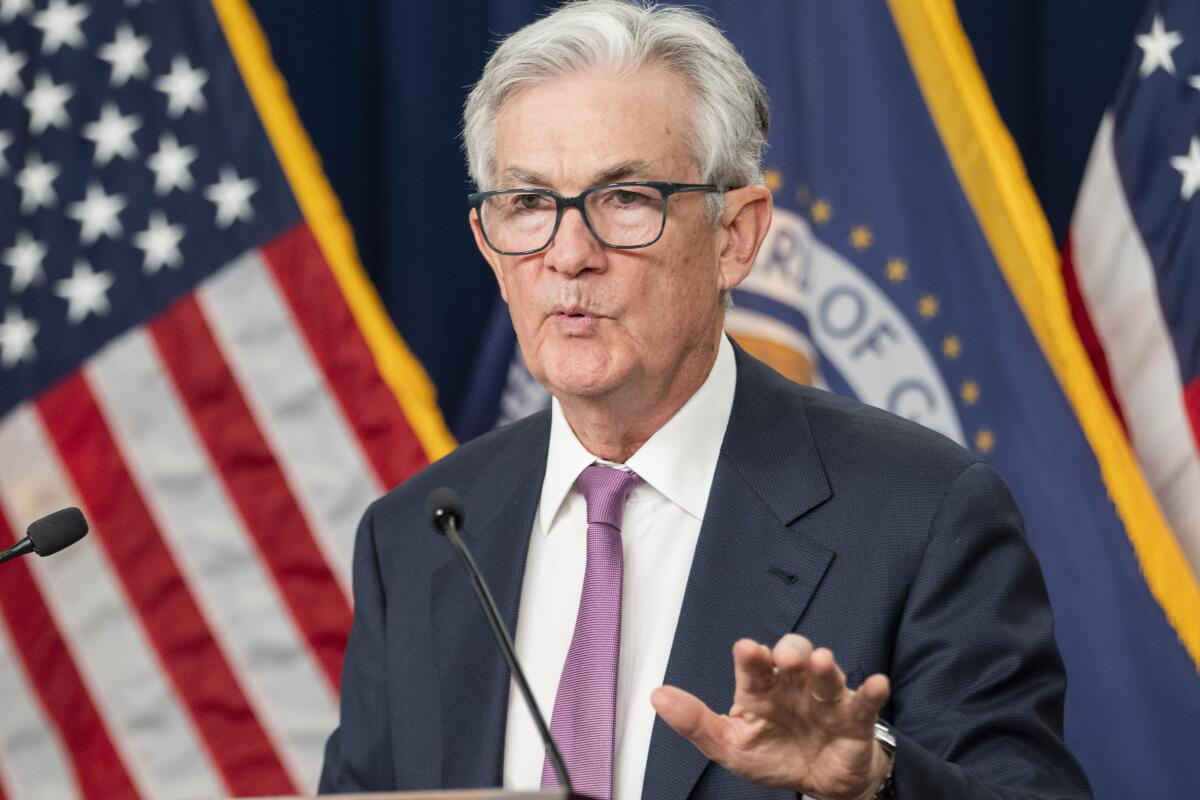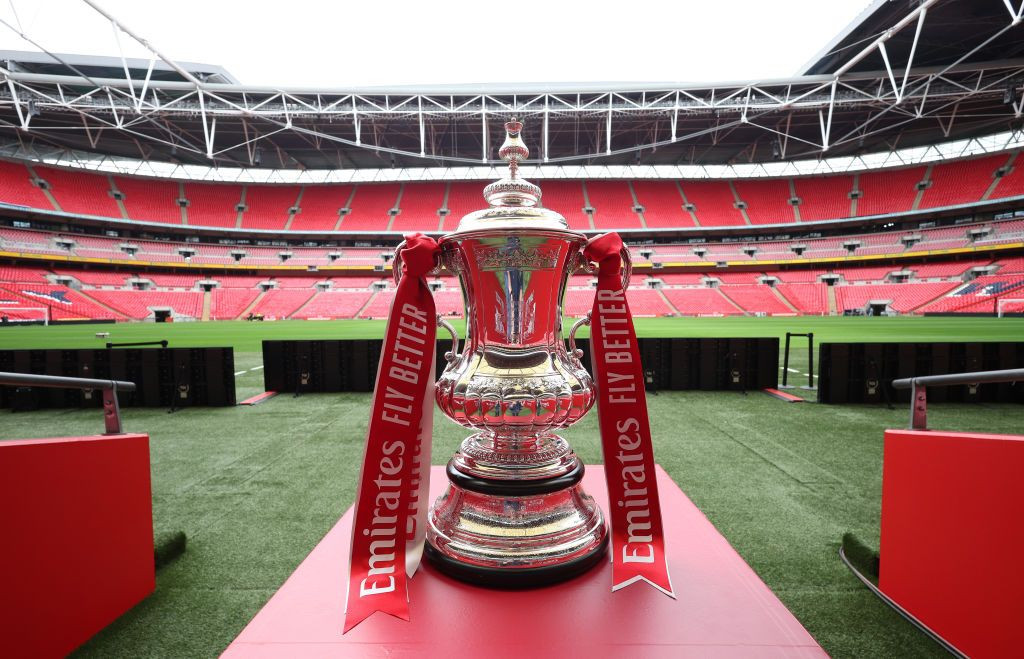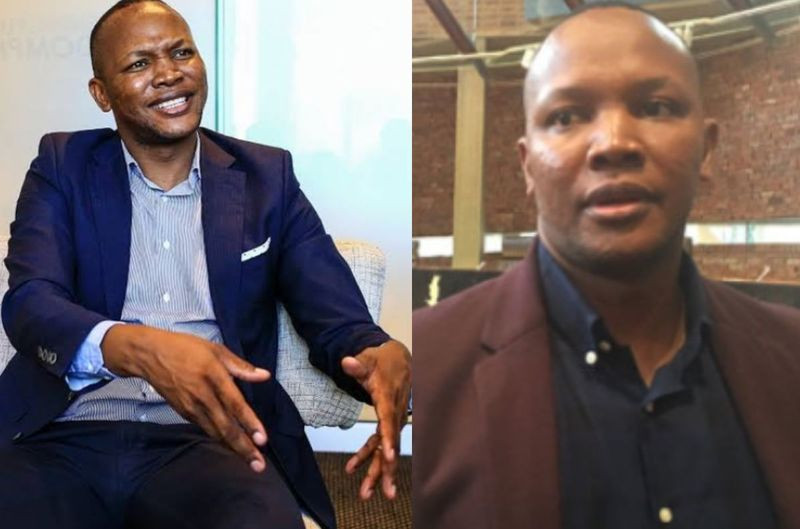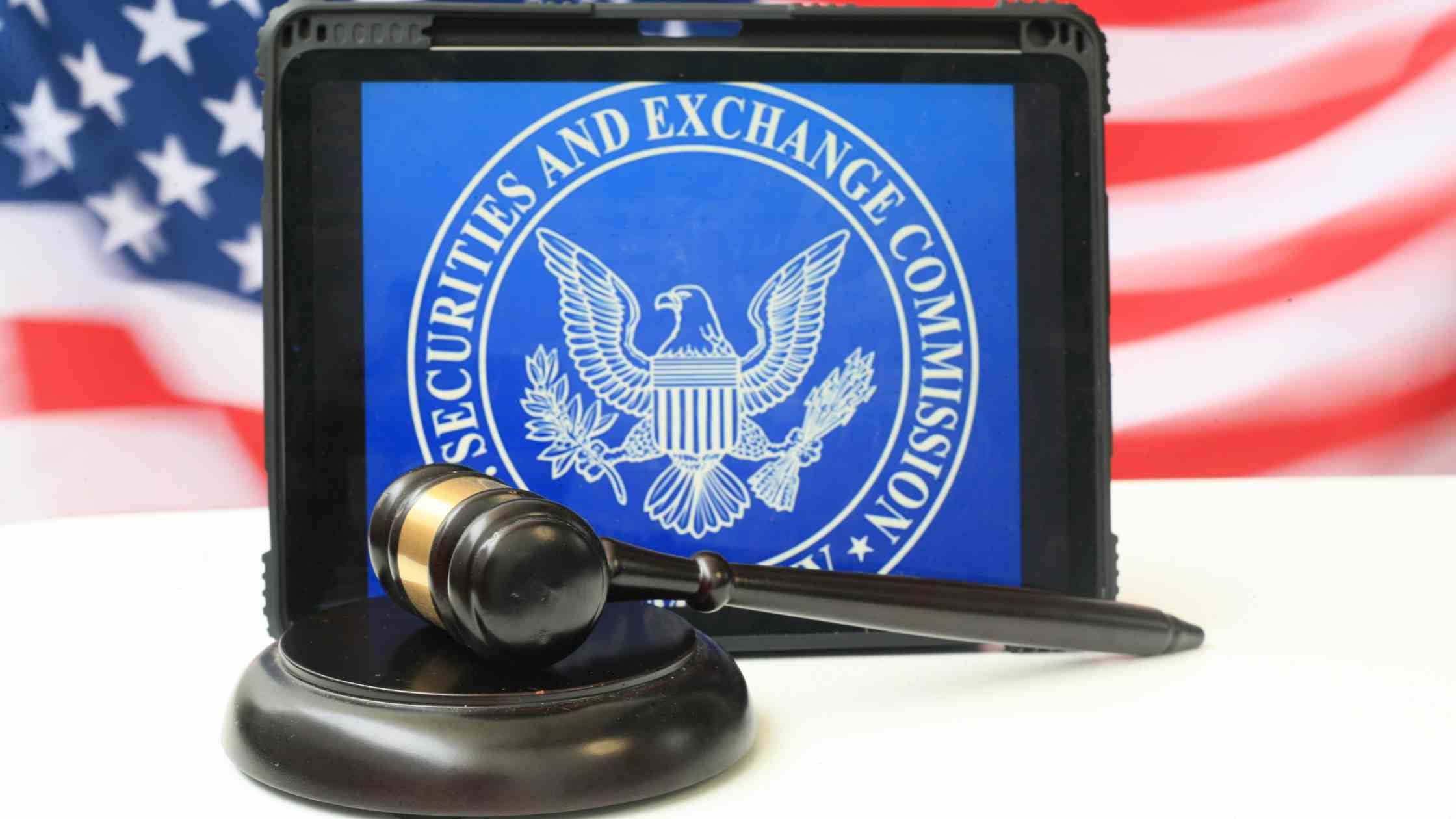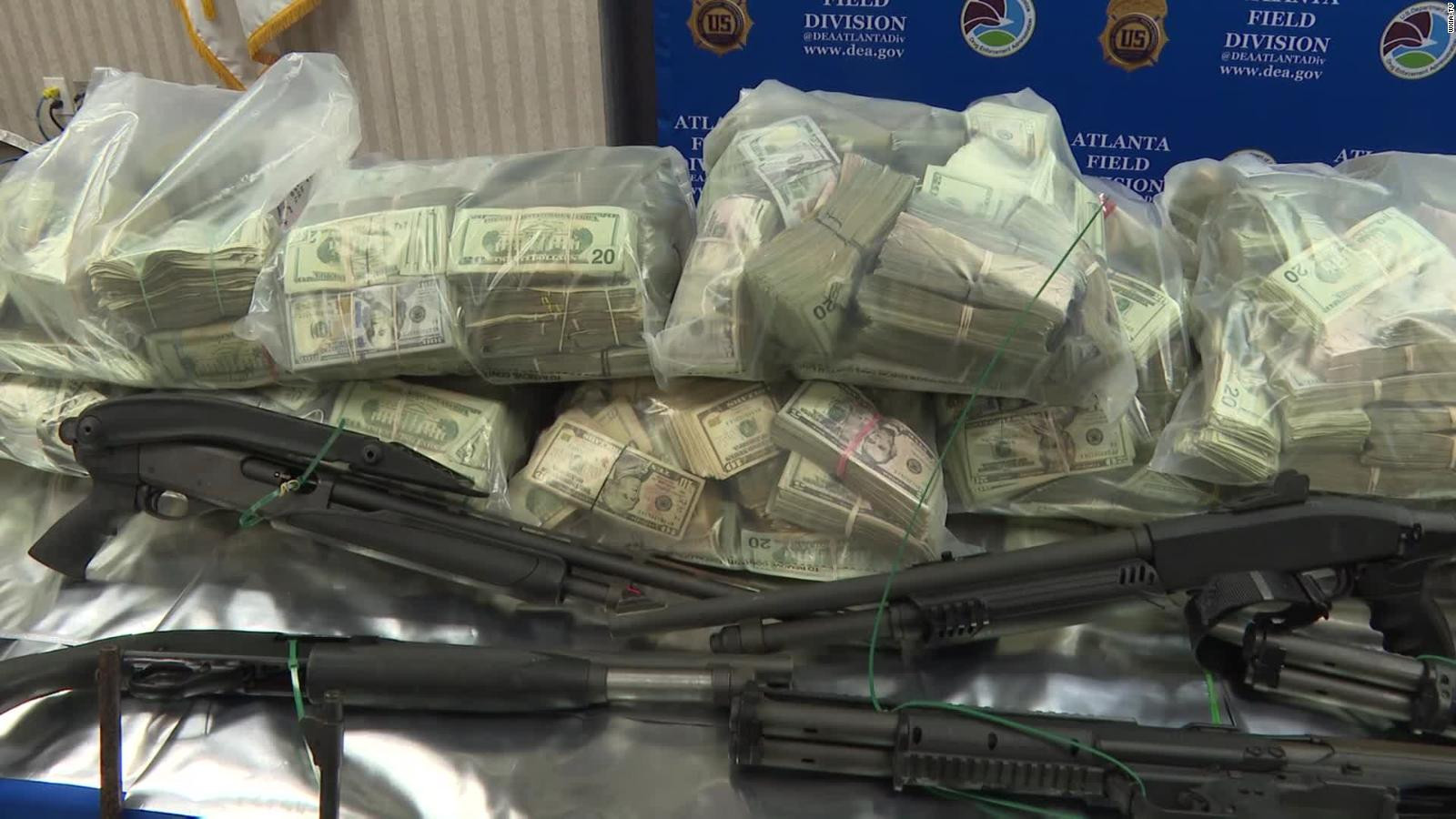Jerome Powell, the Federal Reserve chair, will deliver remarks as inflation cools and growth holds up — but as labor market weakening threatens to interrupt the soft landing.
Two years ago, Jerome H. Powell took the podium at the Federal Reserve Bank of Kansas City’s annual conference at Jackson Hole in Wyoming and warned America that lowering inflation would require some pain.
On Friday, Mr. Powell, the Federal Reserve chair, will again deliver his most important policy speech of the year from that closely watched stage. But this time, he is much more likely to focus on how the Fed is trying to pull off what many onlookers once thought was unlikely, and maybe even impossible: a relatively painless soft landing.
Both the Fed and the American economy are approaching a crossroads. Inflation has come down sharply since its 2022 peak of 9.1 percent, with the year-over-year increase in the Consumer Price Index falling to 2.9 percent in July. Given the progress, the critical question facing Fed officials is no longer how much economic damage it will take to wrestle price increases back under control. It is whether they can finish the job without inflicting much damage at all.
That remains a big if.
Consumer spending and overall economic growth have held up in the face of high interest rates, which are meant to cool demand and eventually weigh down inflation. But the job market is beginning to weaken. Revisions released this week showed that employers hired fewer workers in 2023 and early 2024 than was previously reported. The unemployment rate rose to 4.3 percent in July, up from 4.1 percent in June and 3.5 percent a year earlier. The latest jump could be a fluke — a hurricane messed with the data — but it could also be an early warning that the economy is hurtling toward the brink of a recession.
That makes this a critical moment for the Fed. Officials have held interest rates at a two-decade high of 5.3 percent for a full year. Now, as they try to secure a soft and gentle economic landing, they are preparing to take their foot off the brake. Policymakers are widely expected to begin lowering rates at their meeting in September.
Mr. Powell could use his speech to confirm that a rate cut is imminent. But most economists think that he will avoid detailing just how much and how quickly rates are likely to drop. Fed officials will receive a fresh jobs report on Sept. 6, providing a clearer idea of how the economy is shaping up before their Sept. 17-18 meeting.
Signs of a Cooling Economy
The Fed’s focus has shifted from fighting inflation to monitoring the health of the job market. With inflation cooling and the pace of hiring slowing, the Fed is poised to cut its benchmark interest rate next month from its 23-year high. However, the speed of future rate cuts will be determined by whether employers continue to hire.
A Shift in Focus
While the Fed is confident that it has nearly tamed inflation, the job market is starting to cause concern. The unemployment rate is edging up, and the pace of hiring is slowing. This has led the Fed to prepare to cut its benchmark interest rate next month.
The Impact of Rate Cuts
A lower Fed benchmark rate would ultimately lead to lower rates for auto loans, mortgages, and other forms of consumer borrowing.
The Importance of Jackson Hole
Mr. Powell will deliver his speech at the Jackson Hole Economic Symposium, a prestigious event where he and his predecessors have often signaled changes in their thinking or approach.
A Cautious Approach
While Mr. Powell is likely to indicate that the Fed is more confident that inflation is heading back to its 2 percent target, he will likely avoid declaring “mission accomplished.” The Fed will continue to monitor the economy closely and will adjust its policy stance as necessary.
A Soft Landing?
Despite the recent slowdown in hiring, the overall economy appears healthy, and most economists expect a “soft landing.” However, the Fed’s focus is now on how the economic data comes in, and Mr. Powell may not provide specific details about the central bank’s next steps.
The Path Ahead
The Fed’s next steps will depend on the economic data. A more rapid move on interest rates may be warranted if there are signs of accelerating weakness in labor markets.
The Fed’s Tightrope Walk
The Fed faces a delicate balancing act. It needs to cool inflation without causing a recession. As inflation falls, inflation-adjusted interest rates are rising. This could lead to an economic slowdown.
The End Game
Despite the uncertainties, the Fed is expected to cut rates this year. The central bank has made progress in taming inflation, and the job market remains strong.
A Time for Caution
Despite the progress, it is still too early to declare victory. The Fed will need to remain vigilant and adjust its policies as necessary to ensure a smooth landing.
Conclusion: A Time of Uncertainty
The Fed is entering a new phase in its fight against inflation. It is now focused on monitoring the job market and is prepared to cut interest rates if necessary. However, the Fed will need to remain cautious and flexible in its approach to ensure that the economy remains on a sustainable path.




